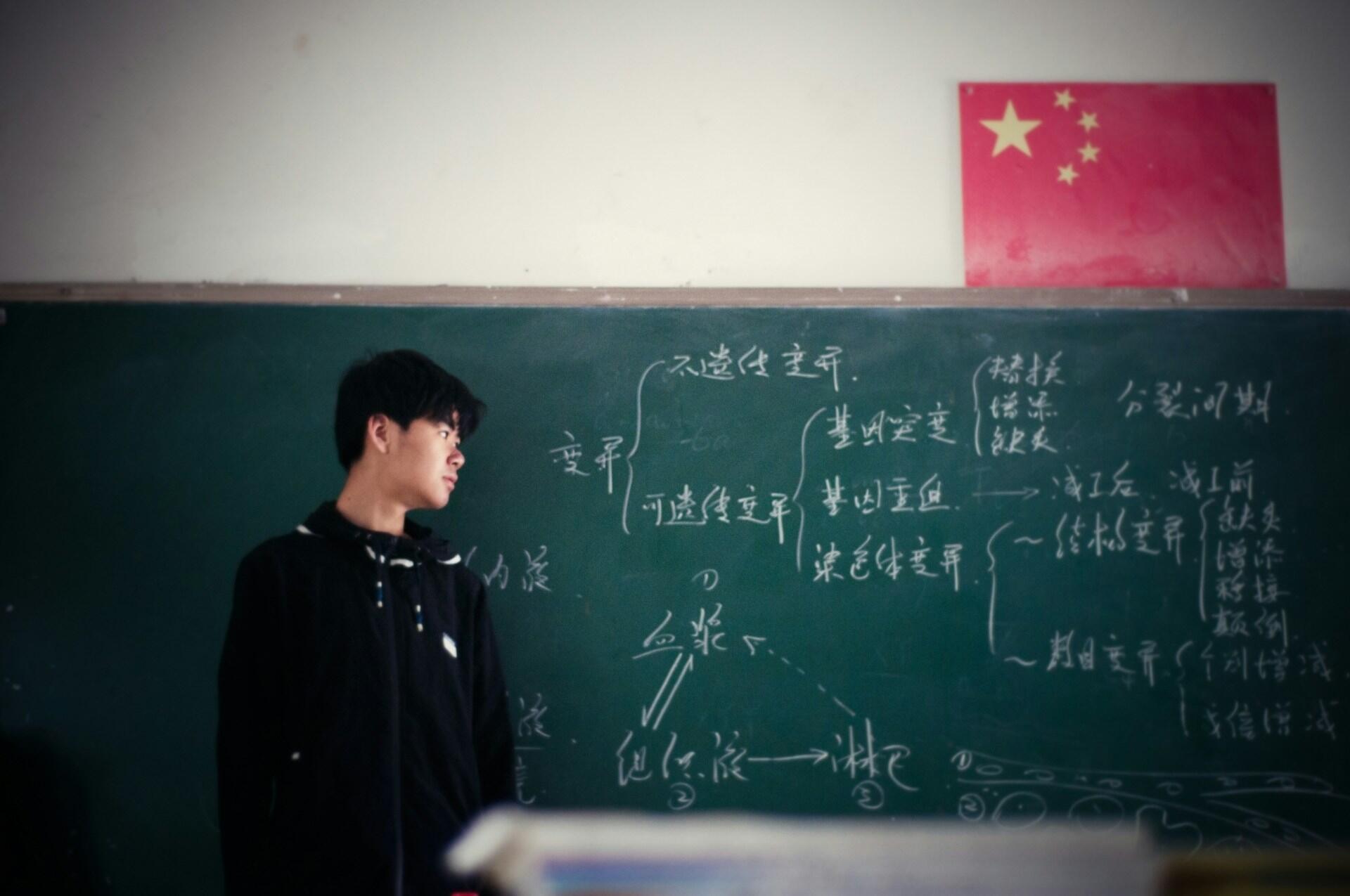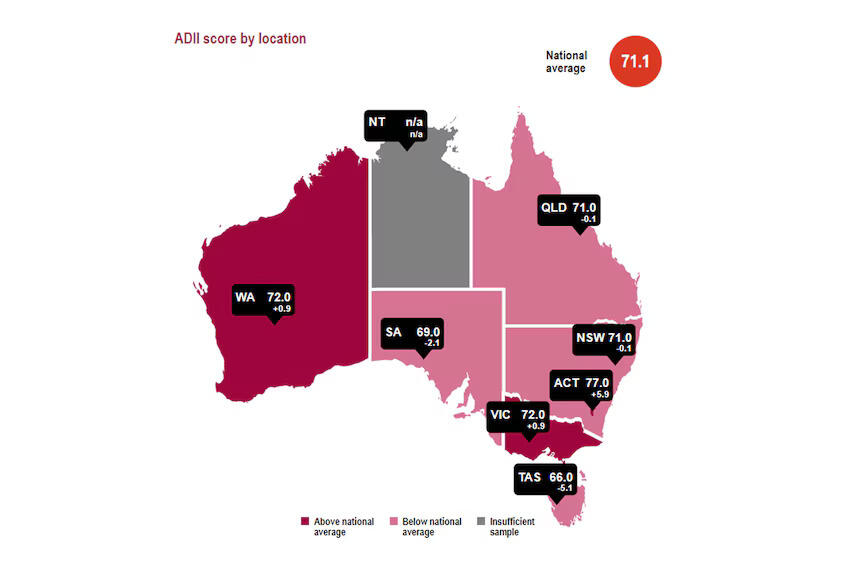Homework is essentially a universal experience for students. No matter where you go in the world, if there is formal schooling, there is likely to be some form of take-home assignment. The differences lie in the type and the quantity of homework. What areas of the world assign the most homework? The least? And what can we learn from these places? Find out more about cultural attitudes towards homework and its effects on students.

Homework Culture Around the Globe
The first thing to consider in this comparison is that every society has a completely different cultural history informing its attitudes towards school, homework, and everything involving those topics. It’s impossible to include all the context in this simple article, so further independent research is required if you want to know more about the ‘how’ and ‘why’ of a particular country’s process.
For now, just remember that making international comparisons for something this nuanced means that it’s tough to draw solid conclusions from data due to cultural influences.
Also, remember that homework and school systems saw an upheaval during the pandemic, so some data may be outdated. As things settle in the coming years, there will be more solid conclusions to draw from the new ways schools and students are behaving in the wake of having the education system completely disrupted.
So, how much homework do other countries assign, and how does it affect their students?
Average time spent per week
Average time spent per week
Countries With the Most Homework
| Country | Avg. Hrs of Homework Per Week | |
|---|---|---|
| China | 13.8 | |
| Russia | 9.7 | |
| Singapore | 9.4 | |
| Kazakhstan | 8.8 | |
| Italy | 8.7 |
It’s no surprise that China, the country notorious for its stories of students and employees overworked to their breaking points, is the leader by far in the amount of homework, with an average of 13.8 hours of homework per week. This figure is mostly limited to a survey of the Shanghai area, where the most competitive schools and jobs are. Singapore is close behind, with a similar culture of intense academics.
Russia and Kazakhstan have a history of rigorous academic expectations, especially for math and science. Russia’s history was an inciting event in the 20th century, prompting the United States to increase the homework load and educational rigour in schools (which has since relaxed somewhat).
An outlier in Western Europe, Italy has a rather intense approach toward education in terms of subjects and homework, as well as after-school studies.
The 2007 Trends in International Maths and Science Study (TIMSS) survey found that 93% of Year 4 children are regularly assigned homework. Only 7% never or rarely have homework.
Does More Homework Mean Better Grades For These Students?
In short, no, it doesn’t really seem like more homework means higher success for students. While those in Singapore and China may get some higher scores, it’s more likely because they have more rigorous schooling in general, not because they get more homework.
East Asian countries have a culture that highly prioritises education, viewing it as an essential pillar in life that denotes a person’s social status. It’s seen as a way out of poverty for poor families and a necessity to retain a family’s success in wealthier families. Students often enrol in cram schools and coaching, in addition to their normal studies and homework load.

While the test scores there (especially for international assessments like the Program for International Student Assessment (PISA)) are consistently high, the toll it takes on the students seems disproportionate. Unfortunately, there is a very cemented culture of extreme educational competition, which is proving extremely difficult to change. In fact, there is a concerning pattern being observed, particularly in China, where students are being moulded to value quantity over quality. Due to the extreme competition in academics and the workforce, they are forfeiting more interesting or challenging courses in favour of safe classes that guarantee a high GPA and failing to develop unique ideas, instead trying to people-please their way through life.
Russia, and many other countries with high study and homework rates, such as the UAE, Greece, and the USA, actually see average to less-than-average scoring on assessments, even when compared to countries like Finland, which have the least amount of homework. Italy also sees such results, to a lesser extent.
Countries With the Least Homework
| Country | Avg. Hrs of Homework Per Week |
|---|---|
| Finland | 2.8 |
| South Korea | 2.9 |
| Japan | 3.8 |
| Germany | 4.7 |
| United Kingdom | 4.9 |
Finland is world-famous for “banning” homework, but actually, they just assign homework with discretion. Teachers are trusted to decide how many and what types of assignments to give to their students, which ends up being under 3 hours per week for older students.
South Korea is a somewhat misleading statistic; while they also have a low homework rate, a high percent of students self-study, and attend private tutoring and cram/prep schools. So, while schools may not be assigning much homework in South Korea, students are completing many more hours of in-class work and participating in self-assigned work as well. Japan has a similar model. Both of these countries are associated with similar cultural attitudes found in China and Singapore.
Like many places in Western Europe, Germany and the UK take a more balanced approach, believing that students should have a reasonable amount of schoolwork, but that they should also have time for things like sports, social life, family time, and rest. As it is, there are some debates, particularly in the UK, about reducing homework even more.
said they were "always or often" stressed about homework
Does Less Homework Mean Worse Grades For These Students?
Not at all!
Finland, specifically, consistently ranks near the top for assessments like the PISA test. The key is high-quality in-school education which emphasises critical thinking and confidence, paired with self-directed study and a healthy lifestyle. Homework is used sparingly and always serves a purpose.
Japan and South Korea typically score well, but this is likely in large part because of their additional schooling lessons.
In Germany and the UK, the correlation is not clear. Scores differ across the countries, with the influencing factors more likely to be things like the quality of the school and socio-economic circumstances, rather than the amount of homework given. Overall, scores tend to range from below average to slightly above average.

Changing Attitudes About Homework Globally
The world is undergoing a quiet homework revolution, as countries and schools begin rethinking long-standing practices. In Ireland, President Michael D. Higgins sparked debate in 2023 by suggesting a homework ban, prompting wider conversations about outdated policies.
Similar debates are happening in the US, Australia, and parts of Europe, where concerns about student health, equity, and well-being fuel calls for reform. Advocates emphasise limiting homework and ensuring it is high-quality and relevant. For younger children, activity-based tasks are seen as healthier and more effective.
Several Asian nations are also reconsidering traditional approaches. China’s “Double Reduction” policy aims to cut back on excessive homework and tutoring, though cultural pressures limit its impact. In South Korea, growing awareness of the harms of long self-study hours is driving efforts to promote balance. India, where a large percent of students often face 3–4 hours of homework daily, is making gradual changes through the 2020 National Education Policy, which seeks to reduce academic burden.
Across the globe, educators, policymakers, and parents are beginning to agree: traditional homework practices no longer serve students well and must evolve to support healthier, more balanced learning.

Homework Differences in Australian Populations
Australia has a unique homework situation in that there are several different ways to group students: rural vs urban; Indigenous vs non-Indigenous; white vs non-white; and wealthy vs non-wealthy, to name a few.
When approaching how homework is handled, it’s important for policymakers and educators to carefully consider their student population, including parents and home environments. Here’s a quick, non-exhaustive look at factors that affect student education across the country.
The Digital Divide, Homework Inequity, and Education Gap
These buzzwords were coined to describe the phenomena that can happen when certain students have less access to resources, either at home or at school, which negatively affects their chances of success.
Rural students can particularly suffer from these effects. The reason? Many rural schools lack proper funding, leading to poorer-quality education from less-qualified teachers, a lack of resources like updated textbooks and computers, and poorly-maintained facilities.
Additionally, students are more likely to have parents with less education, are more likely to need to work at a job, at home, or in the community for hours after school, and may not have a stable internet connection or other resources required for homework.
In 2018, a Pew Research poll found that 17 percent of students struggled to complete homework due to lack of reliable internet access. Among the population of Black teens, the number rose to 25 percent, and among low-income (<$30,000 annual income) families, the figure was 24 percent.
Rural families are more likely to have a lower income.
Therefore, rural schools are more likely to advocate for less homework and more school-based support.
Urban schools and students, on the other hand, are more likely to have higher homework loads due to reliable access to resources, including time. Urban families are more likely to be relatively wealthy.
Some ways to mitigate these inequities include:
- Allowing students to borrow devices to take home
- Providing in-school opportunities for students to complete homework and research
- Adhering to age-appropriate (and culturally-appropriate, where applicable) homework loads and assignment types
Considering Indigenous Communities is Important
Australia’s unique situation among “Western-style” countries regarding Indigenous populations means the approach to education must come from well-informed insiders.
Some of the key approaches currently used include:
- Limiting homework: schools typically avoid sending students home with assignments, instead opting for in-school catch-up time
- Assigning community-based projects: “on-Country” projects that ask students to learn about land management or cultural roots instead of “traditional” homework
Australian schools must remain culturally aware even during any homework and education reforms.

What We Can Learn From Countries Like Finland
In light of Finland’s particular success with little homework and high-achieving students, there are a few lessons we can learn and apply to school systems around the globe.
With careful consideration for existing systems and attitudes, policymakers can help steer their schools towards more efficient futures. Every school, every classroom, and every student is different. Therefore, it’s important that schools, teachers, and parents are all able to collaborate about what works best for their students each year.
Quality Over Quantity
Perhaps the most obvious and important lesson, avoiding assigning poorly-designed homework assignments is the first priority. Homework should have a clear purpose. Take-home assignments that are easy but time-consuming, overly complicated and therefore demoralising, or don’t actually help students learn or reinforce their knowledge, do more harm than good. Students’ time is better spent on things like hobbies and activities, family time, self-directed learning, work (for high school students), and rest.
Alternative homework is a good option, especially for younger students.
Emphasis on Classroom Learning
Most of a student’s learning comes from the classroom, not from homework assignments. Schools should focus on how to make lessons as effective as possible, which can be a difficult task for many schools. The wide variation in teacher quality and student-body attitudes makes it impossible to have a one-size-fits-all, foolproof way of creating a perfect classroom. It’s not an easy task, but it’s one that needs a lot of research and attention.

Students Are Children and Need Rest
All students from K-12 are children, even if, at older ages and by some measures, they are legally considered adults. Younger children especially need to have time for crucial development activities like play, exploring, and socialising. All students need ample sleep and rest. Overworked students suffer in every single aspect of life, including academically. Too much homework is counterintuitive for student success.
Adaptation and Experimentation Are Linchpins
School systems, teachers, parents, and students all need to be open to trying new ways of learning and making changes as needed. Finland gives full trust and discretion to its teachers. This attitude of trust is reciprocated between educators, parents, and students, allowing all parties to be able to make suggestions and decisions that can help everyone.
Instead of rigidity, allowing organic class-specific policies to develop can help ensure better outcomes.
Like many things, we can learn a lot about homework and education techniques from our friends across the globe. In this new era of technology and changing societies, schools everywhere must evaluate their approaches.
References
- aini (2023). Why Chinese Students study so hard. In YouTube. YouTube. https://www.youtube.com/watch?v=RDkTgc1SeYU
- Children are so tired of homework that they only want to eat and sleep. Why is such education ineffective? (n.d.). In A Russian Orthodox Church Website. https://www.pravmir.com/children-are-so-tired-of-homework
- Education at a Glance 2024 - Country notes: Italy. (2024). In OECD. https://www.oecd.org/en/publications/education-at-a-glance-2024-country-notes_fab77ef0-en/italy_c46299a8-en.html
- Featherstone, D., & Ormond-Parker, L. (2023). ‘Digital inclusion’ and closing the gap: how First Nations leadership is key to getting remote communities online (M. Lucy, Ed.). The Conversation. https://doi.org/10.64628/aa.9gxjyuwgx
- Homework: How much is too much? (2015). In Times Colonist. https://www.timescolonist.com/life/homework-how-much-is-too-much-4623340
- internationalednews. (2014). OECD report on homework. In International Education News. https://internationalednews.com/2014/12/17/oecd-report-on-homework
- Joyce Chepkemoi in Society. (2017). Countries Who Spend the Most Time Doing Homework. In WorldAtlas. https://www.worldatlas.com/articles/countries-who-spend-the-most-time-doing-homework.html
- Why Homework is Bad: Stress and Consequences. (2019). In Healthline. https://www.healthline.com/health-news/children-more-homework-means-more-stress-031114
- www.ETEducation.com. (n.d.). From copying books to creative assignments: How homework in Indian schools is changing. In ETEducation.com. https://education.economictimes.indiatimes.com/news/school-education/from-copying-books-to-creative-assignments-how-homework-in-indian-schools-is-changing/123761286
- "What are the success factors for schools in remote Indigenous communities?" (2023). In British Educational Research Journal https://yumi-sabe.aiatsis.gov.au/sites/default/files/outputs/2024-02/British%20Educational%20Res%20J%20-%202024%20-%20Dillon%20-%20What%20are%20the%20success%20factors%20for%20schools%20in%20remote%20Indigenous%20communities.pdf















